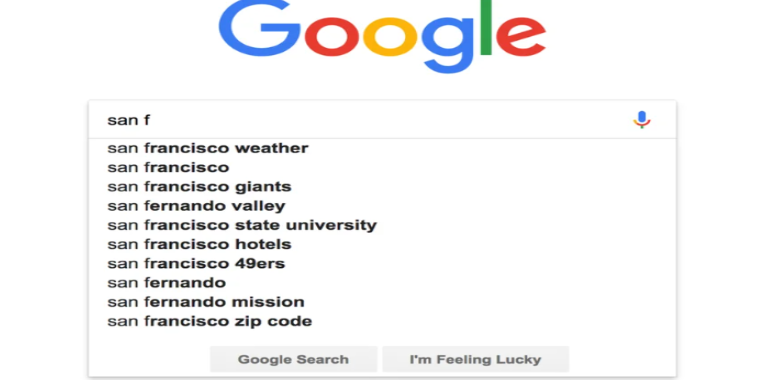How to Create High-Quality Content That Will Actually Rank – A Brief Guide
Creating high-quality content is incredibly important for SEO. If you can get your content right, you will not only rank higher in Google but also generate more traffic and secure more conversions. You can get all of this whilst building link authority.
So, if you want to publish content in 2025 that actually ranks, you should know that it comes down to two things: doing in-depth research and creating quality content.
Read on to learn more.
Establish Your Content Goals
The first thing that you must do is to establish your goals and objectives for crafting content. Generally, you should aim to achieve two things with your content. The first goal is to engage your target audience and to provide them with valuable information. The next goal is to drive traffic to your business website and push your target audience further down the sales funnel.
Start with Researching
The first step towards content creation is to do research on the potential content topics. What this means is that you should delve deep into keyword research and understand the user-search intent. Ideally, your content should answer burning questions, address the target audience’s pain points, and provide critical information that your target audience is looking for.
Finding and assessing keywords is also part of your research.
Create the Right Content Type

You must focus on creating the right content type and format to rank in Google. You should know that Google ranks content highly if it caters to the search intent of users and delivers genuine value. You might want to take a look at the type of content that is already ranking and the way that the content is formatted. This way, you will have a better understanding of what Google values.
Different Types of Content
When it comes to the different types of content, here are the various formats that Google values:
- Blog posts
- Product pages
- Videos
After knowing the content types, your next step is to choose an ideal content format, which can be listicles, guides, tutorials, or long-form informative articles. If you are not sure which content format to choose, we recommend typing the query and matching it with those content formats that rank at the top of the search results. Here, the goal is to choose a format that pleases both – Google and its users.
Choose the Right Content Structure
Since you want to create content that will actually rank in Google, your next step is to choose a structure for your content. While you are at it, you must also ensure that you are including the right subtopics. This aspect indicates the importance of organizing your content.
Typically, content that is structured well is perfect for boosting your website traffic, as it is easy for Google to crawl and index. For users, well-structured content is easy to read and navigate. Search engines will have an easy time identifying and ranking content.
It doesn’t matter whether you are writing a blog post or a guest post; you need to be mindful of the structure. Nonetheless, if you want to save time and effort, you can contact a guest post service provider, who will create unique and shareable content for you and help you earn quality driven backlinks, which will rank your website higher in SERPs.
While creating content, make sure you gauge the user intent so that you can create the best content possible.
Leverage Google Suggestions

One quick tip that you should know to gauge user intent is to go through Google’s suggested questions when researching the topic that you want to write about. Google’s Suggestions is actually a brilliant free resource that you can use to create and publish sharable content. Reading the suggestions will also help you determine the angle with which you should approach the topic to make it valuable for your intended readers.
Create Content of Suitable Length
Once you have determined the format and angle of your content, you should ensure that you cover the content at its suitable length. You will find several suggestions for the ideal content length. Suppose you write a blog post, and you find the suggestion of writing a minimum of two thousand words and a maximum of two thousand five hundred words.
Nonetheless, there are countless suggestions for the ideal content length, which is why we recommend that you consider this aspect on a case-by-case basis. You can also use tools that suggest ideal word counts for specific keywords.
No matter how long your content is, you must focus on delivering quality, which means that you should not fluff out the content with irrelevant information. If you do so, it will decrease the chances for your content to rank. On that note, you must ensure that each and every sentence of your content carries value.
Make Sure to Optimize Titles
To make sure that your content ranks higher in Google, you must focus on optimizing the titles and subtitles. You need to keep in mind that the title of your post needs to have three things. It should be descriptive. The title should also be engaging. Lastly, the title should be detailed and should reflect the content that your page contains.
Hook the Reader’s Interest
At the time of writing your content, you should hook the reader in the introduction. The key is to grab the attention of your readers so that they stick to your content and are intrigued to keep reading or watching – depending on the digital content type – until the very end. Ideally, you should also tell your readers what they will learn if they keep reading or watching your content.
On that note, at the time of writing the introduction, you should empathize with your readers, address the issues that they might be facing or their pain points, and then proceed to explain how you can resolve their problems.
Final Thoughts
When it comes to creating rankable content for SEO, you can also leverage media as a way to complement or enhance your content. Media, such as videos or infographics, can add interest and help you elaborate on certain pain points. Your media choice will depend on the type of content.





